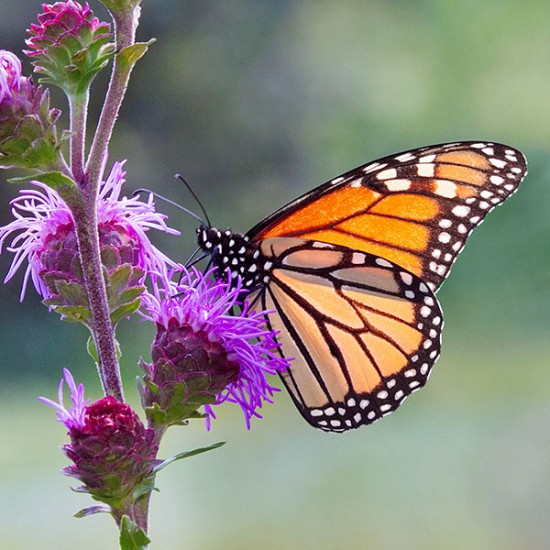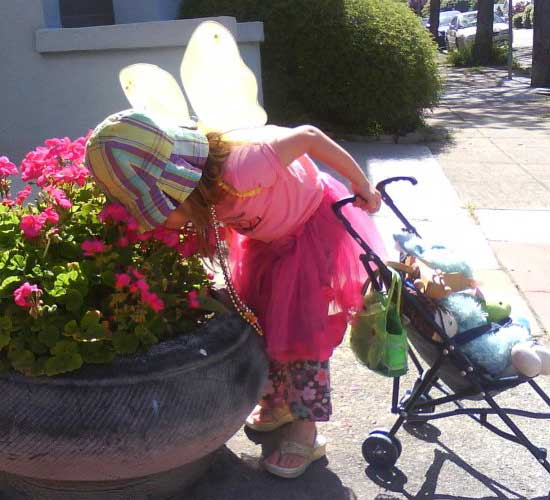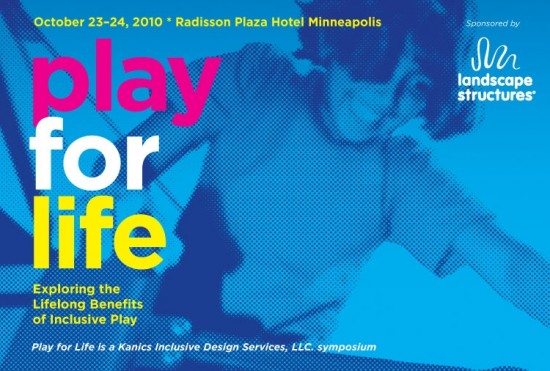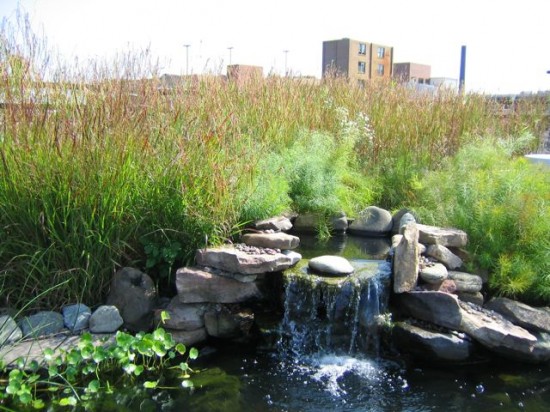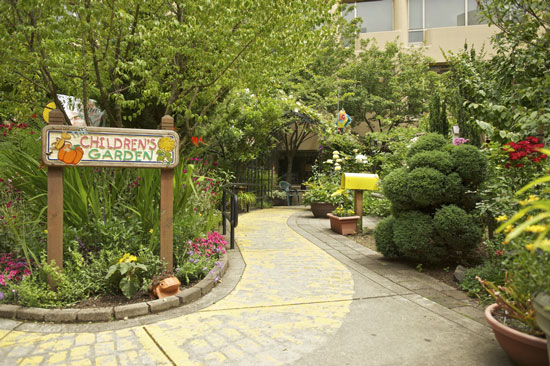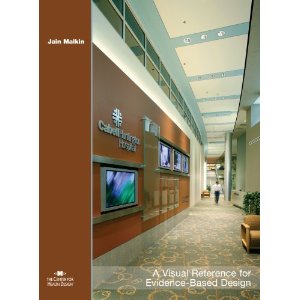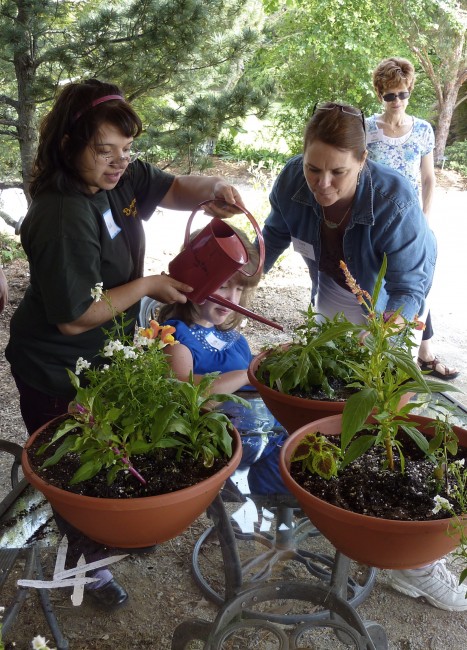
Maximilian Sunflower photo by Henry Domke, www.HenryDomke.com
American Society of Landscape Architects (ASLA) Annual Meeting
September 10–13, 2010 (with a before-the-meeting tour on 9/9 – see below)
Washington, D.C., Walter E. Washington Convention Center
I can’t believe it’s only about a month away! Here are some events during (and even before) the 2010 ASLA conference that may be of interest to members of the TLN. I must say, I’m encouraged by the number and breadth of the events germane to our interests. Encouraging, indeed. Hope to see you there!
Thursday, 9/9
Informal Walking Tour of Restorative Landscapes
An informal walking tour, organized by members of the Healthcare and Therapeutic Design and Children’s Outdoor Environments PPNs, including the Vietnam Memorial, the USDA People’s Garden, the rooftop garden and labyrinth at the American Psychological Association, the Butterfly Garden, and the garden at the Native American Museum. See this TLN Blog post for more details, and/or visit the HTD PPN’s social networking page.
Friday, 9/10
Public Parks: The Key to Livable Communities (Education Session, 8:30-10:00)
Over the last 150 years, public parks have become an important part of the complex, modern metropolitan infrastructure on which entire regions depend for their physical, social, and mental health. They accommodate habitats and ecosystems, help to improve air and water quality and maintain habitable temperatures, and provide a framework around which metropolitan development takes place. They are not preserved natural environments. They are human artifacts explicitly created for recreational purposes and have become integral components of metropolitan living.
Edible Landscapes: Growing Roots in the Urban Realm (Education Session, 10:30-12:00)
Edible landscapes are sprouting up in response to slow food movement and a greener lifestyle, fast becoming communal spaces and eco-destinations. These organic demonstration models also provide educational opportunities, such as to combat child obesity. This session will present case studies of the edible landscape movement, providing specific tools on planning, designing, funding, and constructing traditional and nontraditional approaches, including victory gardens, green roofs, and vertical farming.
A Higher Level of Inclusive Play: Trends in Playground Design (Education Session, 10:30-12:00)
This session will provide resources for designing parks and playgrounds that facilitate a higher level of inclusive play for physical accessibility, developmental appropriateness, and sensory-stimulating activity. The benefits of a variety of sensory activities for all children will be presented along with examples, including tips and strategies on how small to major changes make playgrounds welcoming, engaging, challenging, and therapeutic. The session will include ideas on how to plan inclusive playgrounds that communities embrace with pride.
Partners in Health: USGBC, GGHC, SITES, and Healing Hospital Settings (Education Session, 3:30-5:00)
Hospital expansion often comes at the expense of green space, and there is a need to maximize the respite provided by the remaining outdoor areas. Currently, LEED accommodates density through green roofs and other strategies that may not improve outdoor respite. USGBC, the Green Guide for health care, and SITES are working to assure areas of respite are incorporated into healthcare facility design. Case studies for two LEED hospital projects will relate the effectiveness of existing respite functions to the proposed criteria, potential branding, and revenue benefits.
Connecting Children With Nature (Education Session, 3:30-5:00)
Children’s contact with nature is critical for their healthy development. Research shows that green environments support attentive functions, cooperative behavior, and physical health. But the lack of quality outdoor environments prevents children and families from receiving those health benefits. This session will discuss the latest research on the effects of contact with nature and the critical role landscape architects play in counteracting ADD and sedentary habits. Participants will understand how to create natural environments as a daily experience for children and families.
Saturday, 9/11
General Session speaker Majora Carter (8-9:30 a.m.)
This is exciting because it’s a general session, meaning that many many people will be attending, and it speaks to the growing interest in and acknowledgement of the connectedness between the built environment,, programming, and health:
“Environmental and urban planning advocate Majora Carter advises cities, foundations, universities, businesses, and communities around the world on unlocking their green-collar economic potential to benefit everyone. In 2001, she founded Sustainable South Bronx to achieve environmental justice through economically sustainable projects formed by community needs. Today, through the Majora Carter Group, LLC, her work simultaneously addresses public health, poverty alleviation, and climate change. She is currently working in the city of Detroit on a project to train residents to become “urban agriculture technicians” and to organize a market for selling the products throughout the greater Detroit area. Carter’s work has earned numerous awards including a MacArthur “Genius” Fellowship. She was named one of Essence magazine’s 25 Most Influential African-Americans and one of The New York Post’s Most Influential New York City Women. Newsweek named her one of “25 To Watch” in 2007 and one of the “century’s most important environmentalists” in 2008. She is a board member of the Wilderness Society and hosts a special National Public Radio series called “The Promised Land” and the Sundance Channel’s ‘Eco-Heroes.'”
Children’s Outdoor Environments Professional Practice Network meeting, 5:00-6:30 pm
Sunday, 9/12
General Session speaker Dr. Richard J. Jackson (8-9:30 a.m.)
And another great speaker! Yet more evidence of the turning tides:
“How does the physical environment in which we live affect our health? For years, evidence has linked adverse health outcomes with sprawling development. Dr. Richard J. Jackson is Professor and Chair of Environmental Health Sciences at the School of Public Health at the University of California, Los Angeles. A pediatrician and public health leader, he recently served as a professor at the University of Michigan, Ann Arbor, and at the University of California, Berkeley. He served in many leadership positions with the California Health Department, including the highest, State Health Officer. For nine years he was Director of the Centers for Disease Control and Prevention’s (CDC’s) National Center for Environmental Health in Atlanta. In 2005, he was recognized with the highest civilian award for U.S. government service, the Presidential Distinguished Executive Award. While in California, his work led to the establishment of the California Birth Defects Monitoring Program and state and national laws that reduced risks, especially to farm workers and to children, from dangerous pesticides. While at CDC, he established the national asthma epidemiology and control program and advanced the childhood lead poisoning prevention program. He instituted the current federal effort to “biomonitor” chemical levels in the U.S. population. He was the U.S. lead under several U.S. government efforts around health and environment in Russia, including radiation threats. In the late 1990s, he was the award-winning CDC leader in establishing the U.S. National Pharmaceutical Stockpile to prepare for terrorism and other disasters—which was activated on September 11, 2001. In 2006, he received the Breast Cancer Fund’s Hero Award and at the UC Berkeley 2007 Commencement, the School of Public Health graduate students recognized him as the Distinguished Teacher and Mentor of the Year. Dr. Jackson co-authored Urban Sprawl and Public Health, a 2004 book from Island Press. He has served on many environmental and health boars, as well as the Board of Directors of the American Institute of Architects.”
Inside the LA Studio With Ten Eyck Landscape Architects, Inc. (Education Session, 10:30-12:00)
Ten Eyck Landscape Architects is a member of the TLN’s Designers and Consultants Directory
Green Walls Research 2010: Growing Promise for the Vertical Landscape (Education Session, 10:30-12:00)
Vertical surfaces are providing new opportunities to meld science and landscape in the built environment. Findings from three North American studies describe opportunities to enhance designs with interior air bio-filtration using “living walls,” increase building energy efficiencies using green façades, and improve health and welfare through landscape applications.
Healthcare and Therapeutic Design Professional Practice Network meeting, 5:00-6:30 pm
